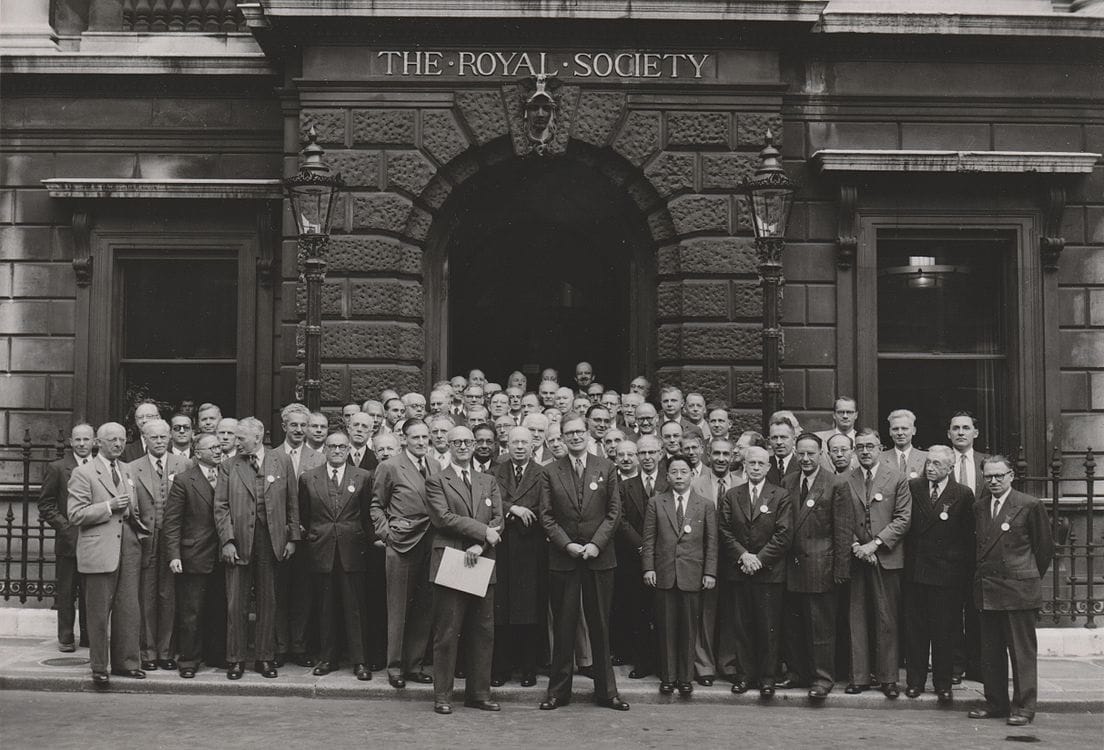
LinkedIn, the world’s largest professional networking platform, boasts over 900 million users across more than 200 countries. Its primary mission is to connect professionals to make them more productive and successful. However, like any platform that manages a vast user base, LinkedIn has established user agreements and policies to govern its community. These agreements have sparked discussions about whether LinkedIn’s policies are biased or simply too professional. Let’s explore these aspects in detail.
The Essence of LinkedIn’s User Agreement
LinkedIn’s User Agreement is a comprehensive document that outlines the dos and don’ts for its users. It covers a range of topics, including user responsibilities, prohibited activities, privacy policies, and content standards. The agreement is designed to maintain a professional environment that fosters genuine connections and business opportunities.
Professionalism as a Core Principle
- Content Standards: LinkedIn emphasizes professionalism in content shared on its platform. This includes posts, messages, and even profile details. The platform strictly prohibits content that is offensive, inappropriate, or unrelated to professional interests. This ensures that the discourse remains relevant and constructive, promoting a productive networking atmosphere.
- User Conduct: Users are expected to behave professionally. Harassment, spamming, and any form of discrimination are not tolerated. LinkedIn’s policies aim to create a respectful environment where users feel safe and valued. This encourages meaningful interactions and reduces the likelihood of conflicts.
- Authenticity and Accuracy: LinkedIn requires users to provide accurate information about their professional background. Fake profiles and misinformation are subject to removal. This policy is crucial for maintaining trust and credibility within the network.
Concerns of Bias
Despite the focus on professionalism, some users and critics argue that LinkedIn’s policies might exhibit certain biases:
- Censorship Concerns: There have been instances where users felt that their content was unfairly removed or flagged. Some argue that LinkedIn’s moderation practices can be overly stringent, stifling free expression and diverse viewpoints. For instance, discussions on sensitive topics such as politics or social issues may be disproportionately moderated, leading to accusations of bias.
- Algorithmic Bias: Like many social platforms, LinkedIn uses algorithms to manage content visibility and user interactions. These algorithms, while designed to enhance user experience, can inadvertently favor certain types of content or profiles over others. This can create an uneven playing field, where some users receive more exposure due to factors that may not necessarily reflect their professional value.
- Cultural Bias: LinkedIn’s global user base means that cultural norms and professional standards can vary significantly. Policies designed with a particular cultural perspective may not always be appropriate or fair in different contexts. This can lead to misunderstandings and a sense of bias among users from diverse backgrounds.
Balancing Professionalism and Fairness
LinkedIn faces the challenging task of balancing professionalism with fairness and inclusivity. Here are a few suggestions for achieving this balance:
- Transparent Moderation: Implementing clearer guidelines and providing transparency in moderation decisions can help build trust. Users should understand why certain content is flagged or removed, and there should be an appeal process for disputed actions.
- Algorithmic Accountability: Regular audits of algorithms can help identify and mitigate biases. LinkedIn could also consider allowing users more control over their content feeds, making the platform experience more personalized and fair.
- Cultural Sensitivity Training: Developing policies with input from diverse cultural perspectives can help ensure they are fair and inclusive. LinkedIn could benefit from a more culturally aware approach to moderation and policy enforcement.
LinkedIn’s user agreements and policies are crafted to maintain a professional and respectful environment. While there are concerns about potential biases, the platform continuously evolves to address these issues. By fostering transparency, accountability, and cultural sensitivity, LinkedIn can better serve its diverse user base, ensuring that professionalism and fairness go hand in hand.






